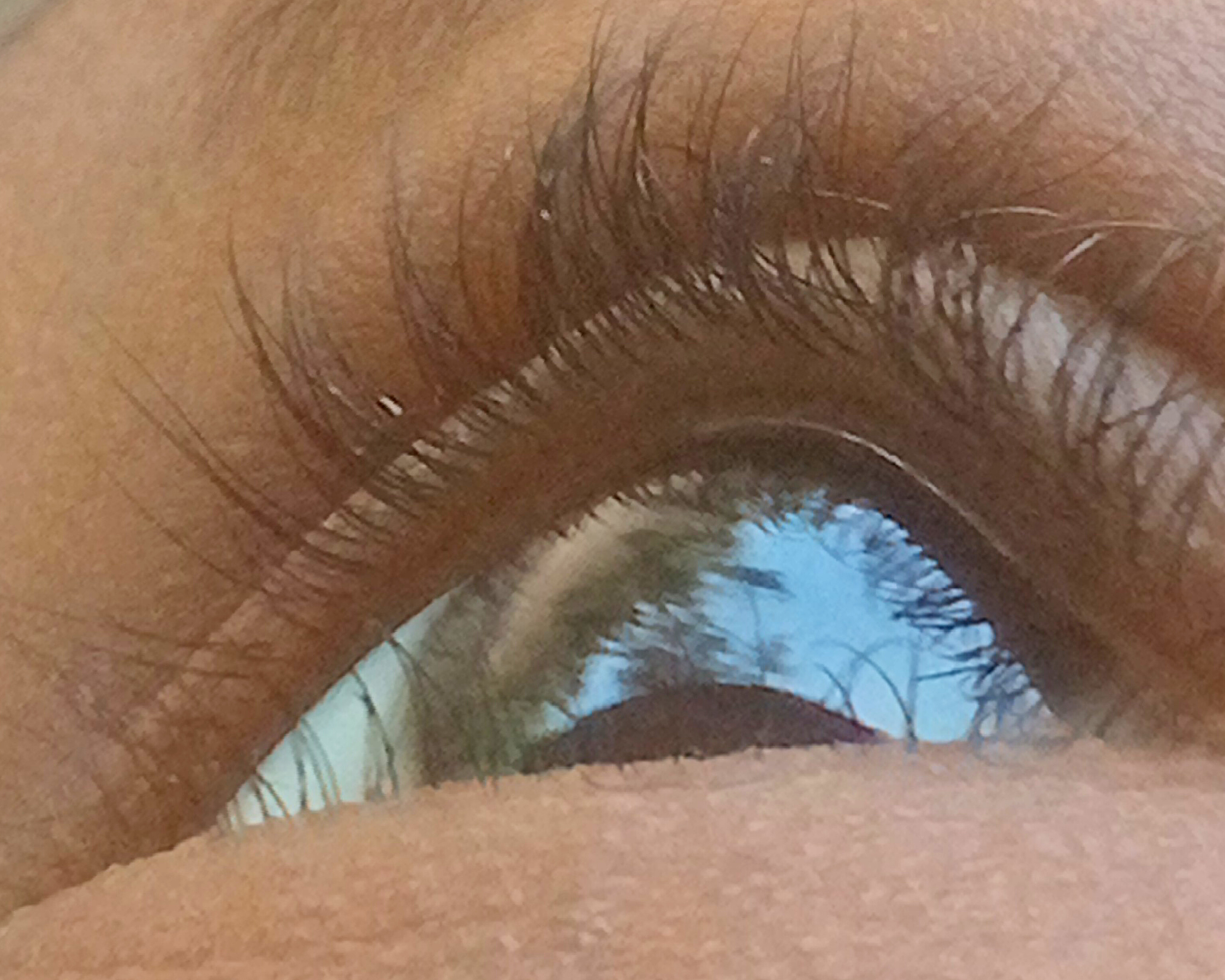
Imagine a world where no one has the ability to see his or her environment, beautiful colour, how pretty and handsome they look, appreciate pleasant scenes. Undoubtedly, everything will be gloomy, scary, no changes and people will cluster a lot.
Then suddenly, a child was born with the ability to see. If you were to be that child, how would you feel?

Some days after we are born, we start picking up shadows, Ray's of light and eventually, colours. As we grow older, we start differentiating one colour from the other and with time select a favourite colour. All these are possible with the gift of sight.
The Human Eye sees an average (more or less) of one million colours. Although these are not the best eyes, they really see a lot of colours and their comparisons.
The Human Eye has three cones which enables it to see visible lights. These cones are the red, blue and yellow colour. Just like digital lights, these three basic colours combine awesomely to produce other colours we see. Isn't that amazing?

Parts Of The Human Eye
The eye is made up of various parts. These parts makes it possible to see clear and sharp images even in dark areas with blue. A problem to one part of the eye without being treated might lead to another. These parts include:
The cornea: Protects the eye from dust and other particles c arrived by air.
Cilliary muscles: Muscular part of the eye which helps me see clearly by controlling the eyeball.
The lens: Focuses the light entering the eye before transferring it to the Retina.
The Retina: It plays the role of converting lights entering the eye into images then to the optic nerve by photoreceptors.
Optic nerve: It carries nerve impulses from the eye to the brain helping us to know the image we see.

The Pupil: The Black dot in the eye which allows light into the eye.
Conjunctiva: The membrane that covers inside of the eye, the eyelid and the sclera. It provides lubrication to the eye.
The Sclera: This is the white part of the eye. It covers most part of the eyeball, supporting the eye.
The Iris: The pigment in the eye which gives the eye it's colour. Controls the amount of light reaching the Retina by expanding or dilating the Pupil.
Vitreous and Aqueous humor: Gelatinous fluid in the eyeball, giving the eye it's shape. Both helps to refract light and a constant rate.

A doctor who specializes on the treatment or health care of the eye is known as an Optician.
Conclusion
I am very much grateful to God for the gift of sight he has given to us. I can see how beautiful and pleasant the colour around me are and also appreciate how pretty and handsome people look, especially you dear friends.
Please, if we feel any irritation, pain, blurry vision and red eyes, let's not hesitate to meet a verified Doctor.

HOW WILL YOU ANSWER?
Scientist and researchers have found out that without light, we can't see colours Here, but, when we close our eyes or in a very dark place we see black which is also a colour.
| Author | @chimeroselam |
|---|---|
| Camera | Infinix SMART 5 Ai Cam |
| Image 1 |  My kid sis eye My kid sis eye |
| Image 2 |  Post on hive.blog Post on hive.blog |